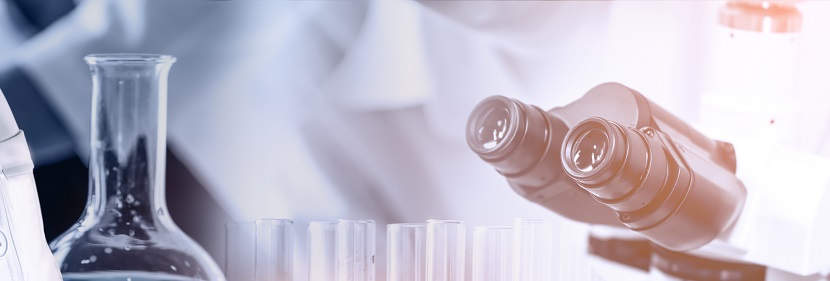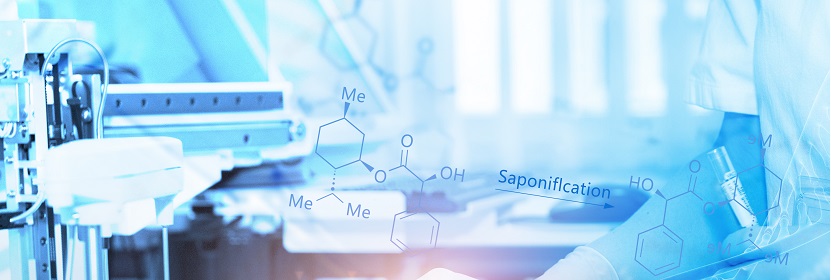近海停泊排吸油橡胶软管检测
忠科集团提供的近海停泊排吸油橡胶软管检测,近海停泊排吸油橡胶软管检测主要是指对用于近海石油开采或运输过程中,用于输送石油或者抽取海上石油平台溢出油污的橡胶软管进行的一系列质量检测和性能测试,报告具有CMA,CNAS认证资质。

近海停泊排吸油橡胶软管检测主要是指对用于近海石油开采或运输过程中,用于输送石油或者抽取海上石油平台溢出油污的橡胶软管进行的一系列质量检测和性能测试。
这类检测通常包括以下几个方面:
1. 物理性能检测:如长度、直径、壁厚、重量等基本尺寸和规格的测量。
2. 材料性能检测:包括橡胶的硬度、拉伸强度、伸长率、耐磨性、耐老化性、耐油性、耐腐蚀性等。
3. 密封性能检测:检查软管在压力下是否能保持良好的密封性能,防止石油泄漏。
4. 耐候性检测:模拟海洋环境中的温度变化、湿度、紫外线照射等条件,检测软管的耐候性能。
5. 安全性能检测:包括爆破压力测试、弯曲测试、冲击测试等,确保软管在使用过程中的安全性。
通过这些检测,可以确保近海停泊排吸油橡胶软管在恶劣的海洋环境中能够保持良好的工作性能,减少石油泄漏的风险,保障海洋环境和人员的安全。
检测标准
近海停泊排吸油橡胶软管的检测标准通常会参考以下几种:
1. API 16D - This is the American Petroleum Institute's standard for flexible offshore loading hoses used in the transfer of oil and gas.
2. ISO 17351 - This is the International Organization for Standardization's standard for rubber hoses used for marine fuel applications.
3. CCS - The China Classification Society has its own standards for marine rubber hoses, including those used for oil transfer.
4. EN 13765 - This is the European standard for rubber hoses and hose assemblies for marine applications.
These standards typically cover various aspects of the rubber hose, including material properties, design, manufacturing processes, testing procedures, and markings. Some common tests include pressure testing, flexibility testing, oil resistance testing, aging resistance testing, and environmental stress cracking resistance testing.
It is important to note that specific requirements may vary depending on the region and the applicable regulations. Therefore, it is advisable to consult the relevant authorities or certification bodies for the most up-to-date and accurate information on the specific standards and requirements for nearshore mooring排 oil suction rubber hoses.
检测流程
近海停泊排吸油橡胶软管的检测流程通常会包括以下步骤:
1. **申请检测**:首先,需要向具备相关资质的检测机构提交检测申请,并提供待检软管的相关信息和样品。
2. **初步检查**:检测机构接收样品后,会进行初步的外观检查,包括但不限于软管的长度、直径、表面状况等。
3. **性能测试**: - **压力测试**:测试软管在规定压力下的耐压性能和密封性能。 - **耐油性测试**:测试软管在接触石油产品后的物理化学性质变化,如硬度、伸长率、体积变化等。 - **耐磨性测试**:模拟实际使用情况,测试软管的耐磨性能。 - **耐老化测试**:通过加速老化试验,评估软管的耐候性和使用寿命。 - **灵活性测试**:测试软管在低温或高压下的弯曲性能和恢复性能。
4. **安全检查**:检查软管是否符合相关的安全标准和规定,如防火性能、抗静电性能等。
5. **环境合规性测试**:如果有必要,还会进行环保相关测试,如是否含有有害物质等。
6. **出具报告**:根据以上各项测试的结果,检测机构会出具详细的检测报告,包括测试项目、方法、结果以及是否符合相关标准的结论。
7. **复检和认证**:如果初次检测未达标,可能会进行复检。所有测试合格后,机构可能会颁发相应的认证证书。
以上流程可能因具体检测机构和适用的标准而略有差异,但在总体上,都是为了确保近海停泊排吸油橡胶软管的质量和安全性。
这类检测通常包括以下几个方面:
1. 物理性能检测:如长度、直径、壁厚、重量等基本尺寸和规格的测量。
2. 材料性能检测:包括橡胶的硬度、拉伸强度、伸长率、耐磨性、耐老化性、耐油性、耐腐蚀性等。
3. 密封性能检测:检查软管在压力下是否能保持良好的密封性能,防止石油泄漏。
4. 耐候性检测:模拟海洋环境中的温度变化、湿度、紫外线照射等条件,检测软管的耐候性能。
5. 安全性能检测:包括爆破压力测试、弯曲测试、冲击测试等,确保软管在使用过程中的安全性。
通过这些检测,可以确保近海停泊排吸油橡胶软管在恶劣的海洋环境中能够保持良好的工作性能,减少石油泄漏的风险,保障海洋环境和人员的安全。
检测标准
近海停泊排吸油橡胶软管的检测标准通常会参考以下几种:
1. API 16D - This is the American Petroleum Institute's standard for flexible offshore loading hoses used in the transfer of oil and gas.
2. ISO 17351 - This is the International Organization for Standardization's standard for rubber hoses used for marine fuel applications.
3. CCS - The China Classification Society has its own standards for marine rubber hoses, including those used for oil transfer.
4. EN 13765 - This is the European standard for rubber hoses and hose assemblies for marine applications.
These standards typically cover various aspects of the rubber hose, including material properties, design, manufacturing processes, testing procedures, and markings. Some common tests include pressure testing, flexibility testing, oil resistance testing, aging resistance testing, and environmental stress cracking resistance testing.
It is important to note that specific requirements may vary depending on the region and the applicable regulations. Therefore, it is advisable to consult the relevant authorities or certification bodies for the most up-to-date and accurate information on the specific standards and requirements for nearshore mooring排 oil suction rubber hoses.
检测流程
近海停泊排吸油橡胶软管的检测流程通常会包括以下步骤:
1. **申请检测**:首先,需要向具备相关资质的检测机构提交检测申请,并提供待检软管的相关信息和样品。
2. **初步检查**:检测机构接收样品后,会进行初步的外观检查,包括但不限于软管的长度、直径、表面状况等。
3. **性能测试**: - **压力测试**:测试软管在规定压力下的耐压性能和密封性能。 - **耐油性测试**:测试软管在接触石油产品后的物理化学性质变化,如硬度、伸长率、体积变化等。 - **耐磨性测试**:模拟实际使用情况,测试软管的耐磨性能。 - **耐老化测试**:通过加速老化试验,评估软管的耐候性和使用寿命。 - **灵活性测试**:测试软管在低温或高压下的弯曲性能和恢复性能。
4. **安全检查**:检查软管是否符合相关的安全标准和规定,如防火性能、抗静电性能等。
5. **环境合规性测试**:如果有必要,还会进行环保相关测试,如是否含有有害物质等。
6. **出具报告**:根据以上各项测试的结果,检测机构会出具详细的检测报告,包括测试项目、方法、结果以及是否符合相关标准的结论。
7. **复检和认证**:如果初次检测未达标,可能会进行复检。所有测试合格后,机构可能会颁发相应的认证证书。
以上流程可能因具体检测机构和适用的标准而略有差异,但在总体上,都是为了确保近海停泊排吸油橡胶软管的质量和安全性。











